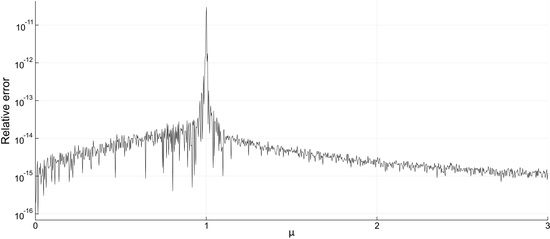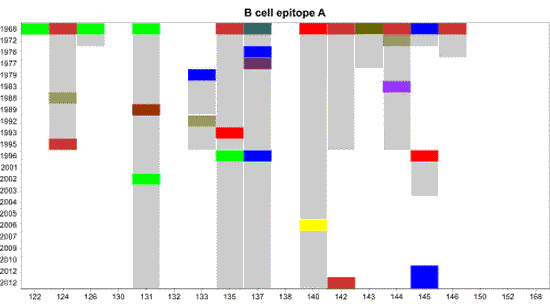Hi!
I’m Alberto, a postdoc at the University of Helsinki. My current research focuses on statistical models for cancer combination drug therapies, but I also work on statistical population genomics and metabolomics data analysis.
I am mainly interested in statistical methodology and computational statistics. I love developing software and keep up to date with the latest technology.
Interests
- Bayesian statistics
- Computational statistics
- Combination drug therapy
- Metabolomics
- Cluster analysis
- Clinical trials
Education
-
PhD in Statistics, 2017
University of Helsinki
-
MSc in Statistics, 2011
Sapienza University of Rome
-
BSc in Statistics, 2008
Sapienza University of Rome


